Category Archives for "GCSE Revision"

Several years ago I participated in a piece of classroom research into how essay writing is taught in English. It was a honour for me to add my voice to this conversation. Before the 2015 specification, the keys to success in exams for essay writing appeared to be about reduction and concision, rather than detail and breadth. There was one year when some students were encouraged to draw a PEE table onto the exam paper!
The conversation has moved on a great deal in the intervening years. The voices in Team English had add some fantastic alternatives. If you are looking to develop your teaching of essay writing, then a fantastic first point of call is Becky Wood’s (@shadylady222) blog Why I No Longer PEE.
If you are interested in reading my NATE article on PEE – then you’re in luck. They have very kindly agreed for me to share it here. So thank you NATE – while I am on the topic, do have a look at their website.
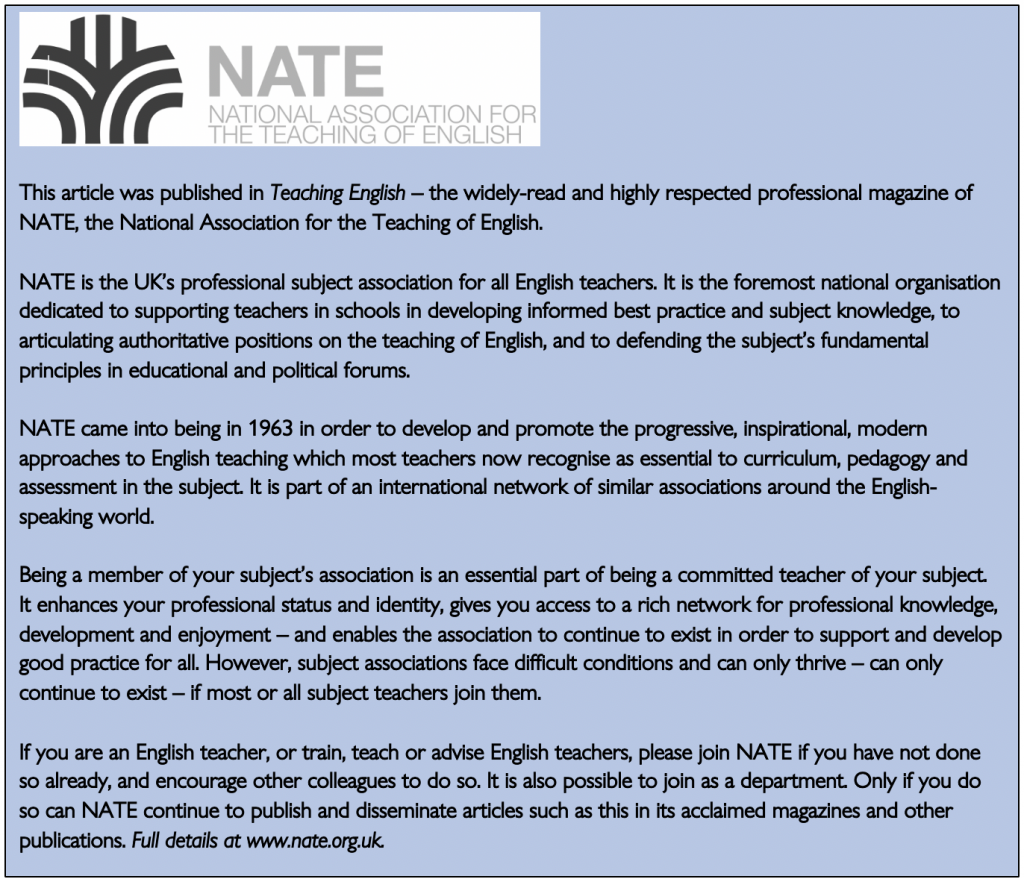
So here is my article. Just click on the image below to read the whole thing.

Do you want to help your students develop deep thinking skills? Then this blog post is for you. In it, I share 2 visual strategies for developing deep thinking skills.
Here’s the story of how I use “shallow, deep, profound” to help my students who struggled with creating deep and detailed analysis of the literature texts.
Real-talk time: my students really struggle with analysis. Any kind of analysis. Instead of analysis, my students tend to act as Google Translate. They take the language of our lit text and ‘Google Translate’ it into their own words. They think this is what I mean by analysis. Even when I model it. Or when we talk in detail about the connotations and implications in the language.
So for the last few months, I have been using the stages ‘shallow, deep, profound‘ to help them visualize moving their understanding to a more profound place. We walk through these steps to ensure their analytical is deep and detailed.

These 3 words “shallow, deep, profound” are the key. I have them printed, chopped up, laminated, and up on my wall. My students are so used to these terms now, that all I need to do is point to them and they get what I’m saying.
Here’s how I introduce and define the process for my classes:
Shallow – this is when you are just giving me a surface reading of the text. You are essentially re-wording the text into your own words or showing that you understand what it is about.
Deep – this is when you explore the deeper meaning suggested by the language, techniques, or structure. You read into the implied meaning behind the words. These are the connotations of the language.
Profound – this develops on your deep reading above (that’s the first step). You have explored already the connotations of the words used, now you consider how the author is shaping the readers’ thinking. How does it link to the themes in the text? How does it confirm or subvert accepted thinking?
If you like the idea of using “shallow, deep, profound” in your classroom – then all you need to do is click here to download a pdf with the colour and blackline versions of this file.
I think I must use these two words 100 times a day. My students are great at having ideas – but I have to push them to tell me why they decided on that particular idea, or to give me the evidence to justify it. This is where my “why” and “because” reminder cards come in!

I have laminated these 2 words, enlarged to poster size, inside speech bubbles. I have them on my desk, ready to go! Sometimes I tack them to the wall, sometimes I wander around just holding them.
They are big and visible. Now I can just wave the laminates, point to them, even just nod in their direction, and my students know they have to develop their answers for me.
Why – why is important because you have to justify to me the reason you made that decision. What did the author do? Write a metaphor. Why? The word “why” in itself forces deeper thinking. What is the best idea we’ve had today? Why?
Because – teaching my students to use the word ‘because’ in their classroom dialogue and their analytical writing has been transformational. Just like moving from shallow to profound thinking – it forces them to move from the ‘what’ in a text to the ‘why’. It is the gateway to discussions concerning authorial intent, motivations, and purpose. The word ‘because’ nearly always follows a ‘why’ discussion, so it’s great to have on hand!
Again – if you like the idea of using these “why and because” prompts in your classroom, then all you need to do is click here to download the pdf file with them in.
If you love these teaching ideas – then sign up to receive two new ideas directly to your inbox every week!

Sign up below to receive regular emails from me jammed packed with ELA teaching tips, tricks and free resources. Also access my free resource library!

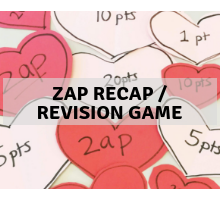
This recap/revision game is perfect for any GCSE subject and is a fun and engaging way to interest your students in their revision. It does require a little bit of preparation. But it is definitely worth it! Once you have it ready to go, it’s done for future use.
Here, I have shared my Valentine’s edition of the game. But it would be super easy to make seasonal – you could do coins for St Patrick’s Day, eggs for Easter, flowers for the summer, apples and pumpkins in the autumn, or gravestones at Halloween. Whatever shapes you like for the season! Of course, you can also use generic shapes: stars, clouds, fish – you choose!
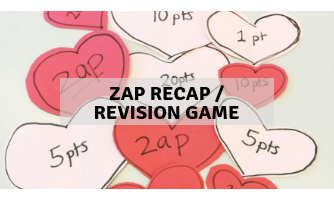
Here is the basic idea: the aim of the game is for your team to score as many points as possible.
Beforehand:
Playing the game:
This is a great fun activity for a tired Friday afternoon class and for reviewing key knowledge and information. Once you have made the shapes once, get them laminated and you can use them again and again.
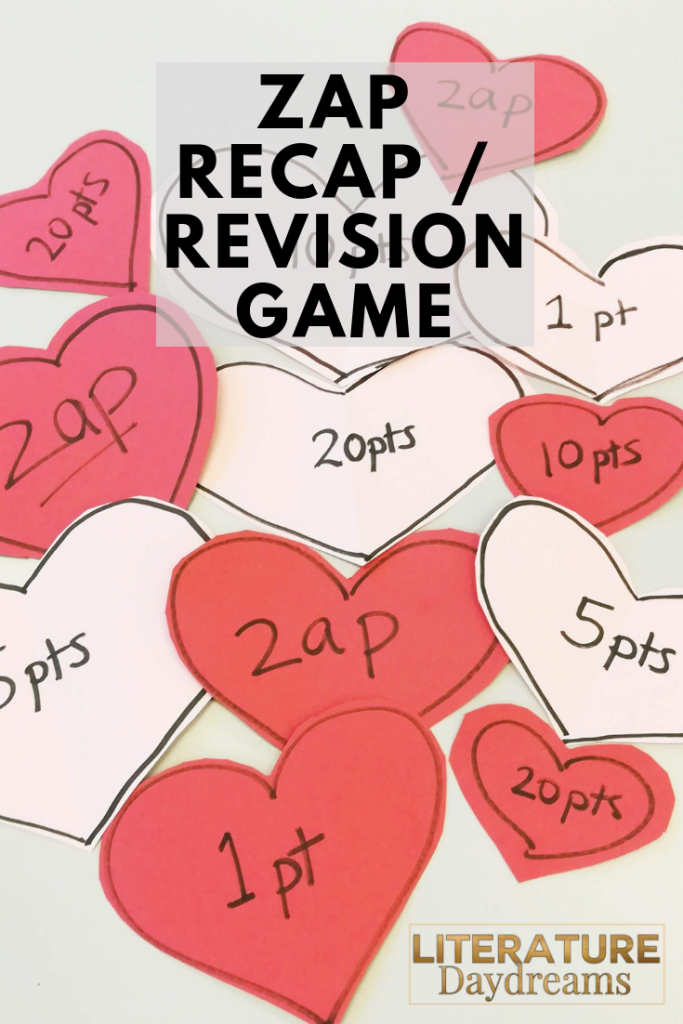
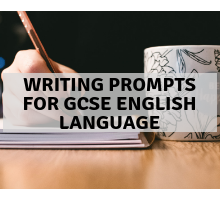
Below I have shared 5 different types of writing prompts for you to use this week with your classes! If you are preparing your classes for GCSE English Language, or any type of creative writing, then these writing will be great for you to use!
Choose one room in your house and list everything that can be: seen, smelt, heard, felt (and tasted).
Write 100 words describing this room using only sensory imagery.
When you have finished writing, ask yourself this question – were you able to create a sense of the room with this tightly controlled word count? If not, consider why? Look at your nouns and adjectives, are they specific and precise? Did you waste words? Make just 5 changes and see if this improves your writing.
Both of these writing prompts are great for s-l-o-w writing. Slow writing is the opposite of a quick write. The idea is to write slowly, precisely, carefully, selecting each word intentionally. Slow writing can take 5 minutes with one sentence and 30 minutes with a paragraph. Write these moments of action (or inaction), imagine them in slow-motion. Try and recreate this in your description.
This one is super easy. You can just click here and download the free PDF – inside you will find 12 descriptive writing tasks for your students to complete over 12 days!
So you can download this free one-page worksheet of writing tasks here!
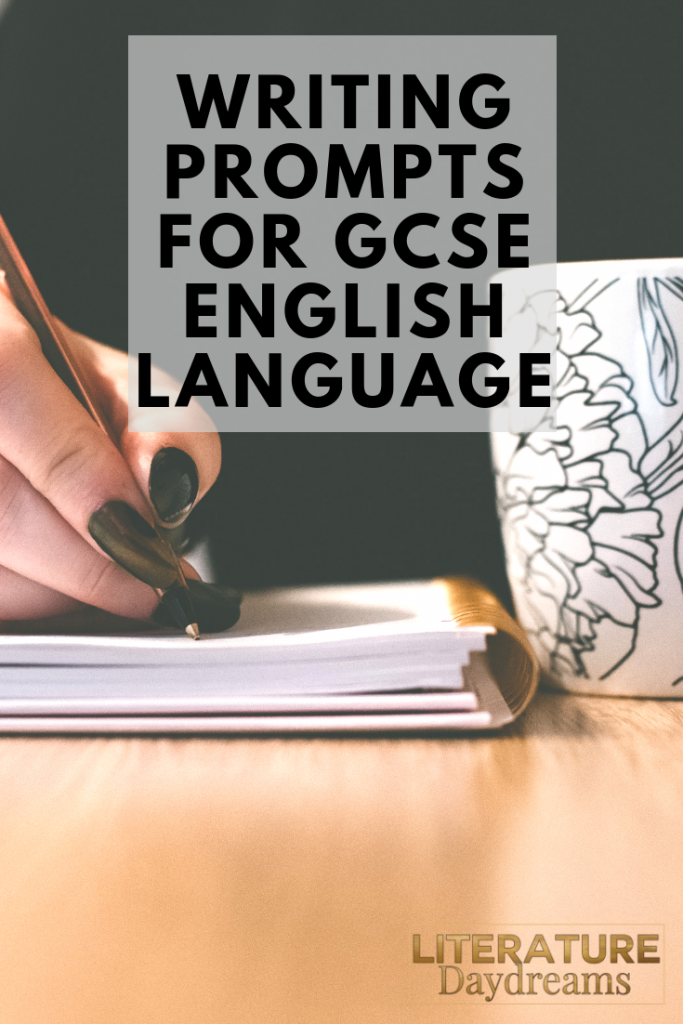
If you love these writing prompts, then sign up for my weekly “Writing on Wednesday” email. Each week I send out fresh and fun writing prompts to all my email friends! Just sign up below.

*I send emails with teaching tips, tricks, and free resources to my subscribers regularly. I value your privacy and you can learn more about how I handle your data in our private policy. You can unsubscribe at any time.
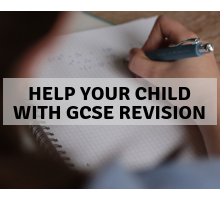
What are the best ways to revise for GCSEs? How many hours should a child spend revising? When should they start? What can I do to help them at home?
Parents ask me this question a lot. They are keen to help their son or daughter at home and ensure they are ready for their GCSEs. I have experienced GCSEs both as a parent and (of course) as a teacher. It’s time to get the lowdown on GCSE revision.
So here is my honest advice on how you can support your child through their GCSEs:
This sounds silly, I get it. The key here is to know how they work, how long they can work for, and when they work at their best. Most children will create a revision timetable that is unrealistic. They will put down 2 hours and label it ‘science’, without ever considering that they may not be able to (or even want to) work for that long.
By knowing ‘how your child works’ you can begin to encourage them to divide their revision up into realistic chunks. Would they prefer to spend 30 mins on one topic? Or would they be better completing 3 x 10 mins on 3 different topics?
How do you find this out? Well, it’s going to take some old fashioned detective work.
Consider social media / website blocking apps. You can find a great article about them here “10 Apps that block distractions”.

Parents! Tackle GCSE stress with my weekly tips and advice email
In this weekly email, you will receive 2 revision ideas. One for English Language and one for English Literature. As well as other tips and advice to help your teenager make the most of their revision time!

Many students mistake these two activities. They think that making lots of revision resources, flicking through their textbook or classwork book, or watching YouTube revision videos is actually revising. To a limited extent, it is. However, there is a distinct difference: getting ready to revise and then actually knuckling down and doing the learning.
Once students have a clear idea of what they need to learn. They actually have to learn it.
There is no getting away from that the fact that GCSEs require children to know a lot of facts. Gone are the days when a bit of cramming the night before and some good luck will result in a good grade. So your son or daughter will have to memorise a lot of facts, for every subject they are studying.
So what actually is revising?
You can help them work out the best way to do this. There are a few options:
Create them at home or online. I prefer the physical ones made from postcard-sized card. You can get ruled A5 ones like this*:
Or smaller ring bound ones like this*:
Anyone can test your son and daughter once the flashcards are created. It is also really easy to use them for actual exam questions. You simply write a question on one side and then write the answer on the other.
Frequently Asked Question: I’ve seen on Amazon, that I can buy pre-made flashcards for a lot of subjects. Is this a good idea?
My answer is that it depends. If you are considering these because you have a lazy child and you are desperate to help them in any way you can, then my honest opinion is that they probably won’t make any different – and – you might have more success having the fight about making them. However, if your son or daughter is genuinely struggling with the material in a subject, then it could be a good idea.
If your son and daughter would appreciate having facts and information pinned up around their room, then posters or mind-maps might be the way to go. They could organise all of the key information from one unit or sub-unit onto an A4 piece of paper and then pin up.
The keys for success here are to include both words and images. We remember information best when we see it in two form (like words and pictures). The combination of words and pictures is called dual-coding – you can read my post about it here “the power of dual-coding”.
Ensure that both the words and images to be big enough that they are visible from the other side of the room. Don’t let them be tempted to squeeze an entire textbook onto one page.

This is my favourite one. Students hugely under-utilise this strategy. It may be because they are sick of completing practice questions in class. The problem is – if you’re only writing practice answers in school, then you are never doing it completely by yourself.
As your son or daughter what EXAM BOARD they are studying for each subject, if they don’t know – get them to check.
You can find them from the relevant exam board and download them at home.
Here are the relevant links:
AQA – just click Find Past Papers
I hope you found this advice yourself. This is the first in a series of posts from me this year about revising for GCSEs.

Parents! Tackle GCSE stress with my weekly tips and advice email
In this weekly email, you will receive 2 revision ideas. One for English Language and one for English Literature. As well as other tips and advice to help your teenager make the most of their revision time!
*These are affiliate links. This doesn’t impact you or the price you pay in any way. It does mean that if you purchase using this link I get a small commission from Amazon.